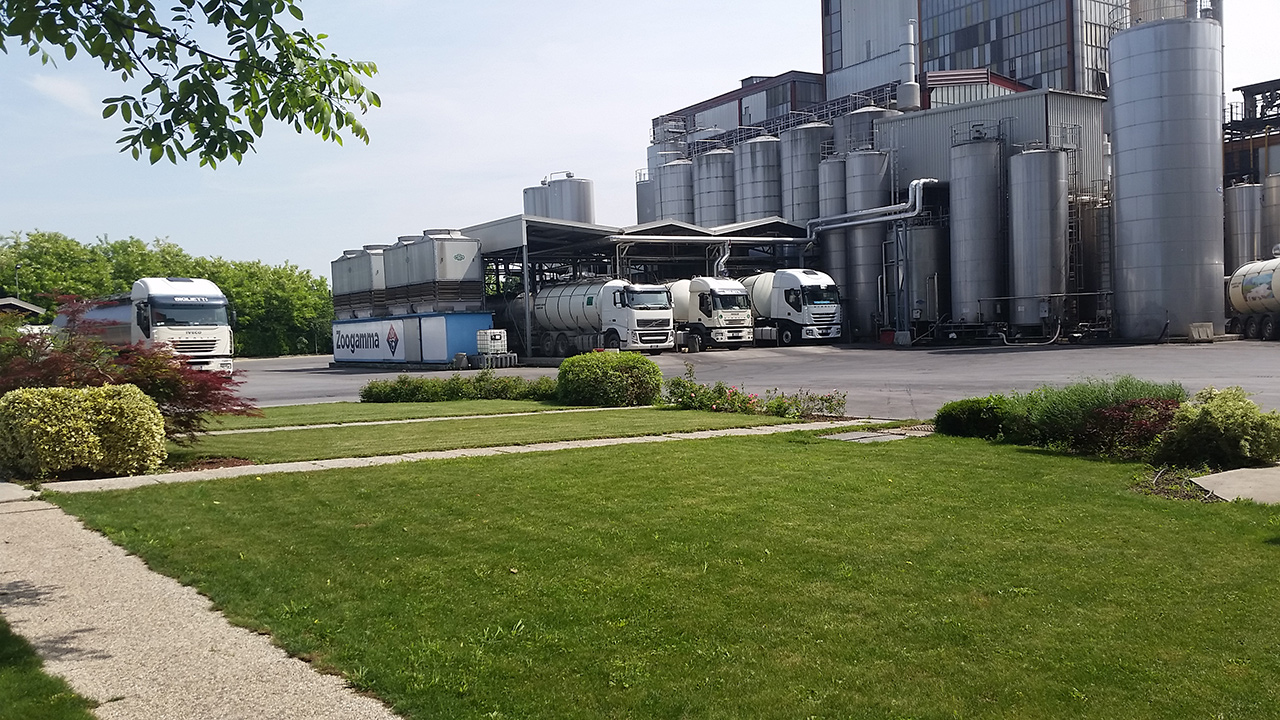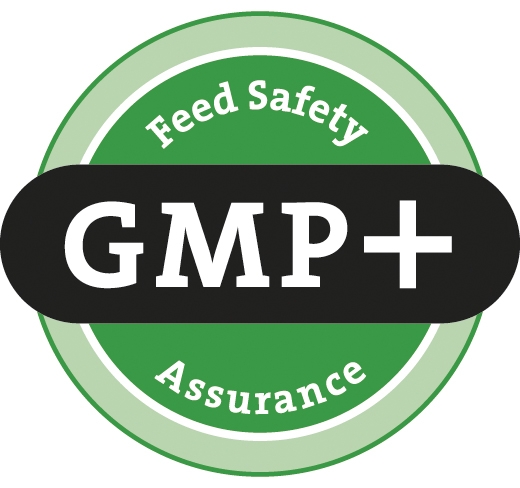 At the Casalbuttano plant liquid whey is collected, concentrated and dried. The whey is acquired from dairies as a residual material from the production of Grana Padano, Parmigiano Reggiano and other types of cheese. Reduced in powder, the product obtained forms the main basis for formulating feed for livestock, for fattening of young animals like calves, piglets and lambs.
At the Casalbuttano plant liquid whey is collected, concentrated and dried. The whey is acquired from dairies as a residual material from the production of Grana Padano, Parmigiano Reggiano and other types of cheese. Reduced in powder, the product obtained forms the main basis for formulating feed for livestock, for fattening of young animals like calves, piglets and lambs.The plant has a storage capacity of over 1,000 tons of liquid whey in silos insulated with stainless steel. It arrived on a daily basis from the dairies and undergoes treatment in six concentration plants: a mechanized process, that heats the whey in a partial vacuum, this evaporates the water that constitutes the bulk of the raw material.
To be able to fully utilize the potential of this raw material, the whole process must be performed so that the product is not damaged by the high temperatures during the production cycle, keeping the chemical-organoleptic values of the whey unaltered.
After the concentration, described above, the resulting product appears as a dense liquid, ready for the next step in the treatment cycle technically called ""crystallization"".
 The crystallized product is then input into the three drying towers where the residual water is removed by a current of warm air that hits the product for a few seconds within a large conical cylinder thus obtaining the whey powder.
The crystallized product is then input into the three drying towers where the residual water is removed by a current of warm air that hits the product for a few seconds within a large conical cylinder thus obtaining the whey powder.The finished product is placed into storage silos and is then ready to be transported to our plant at Ghedi or to our customer’s facilities as raw material for the production of feed.
Thanks to the technological advances of the production plants, Zoogamma is able to work 24 hours a day, 7 days a week, without interruption to the production process.
The annual production capacity of Casalbuttano is over 100,000 tons.
The entire production cycle, from delivery of the liquid whey, to the production of whey powder, undergoes stringent chemical and physical tests and controls by our internal laboratory, in addition to test and checks carried out by external organizations, in order to ensure its products are safe and reliable.

 Tel: +39 030 903 44 11
Tel: +39 030 903 44 11


